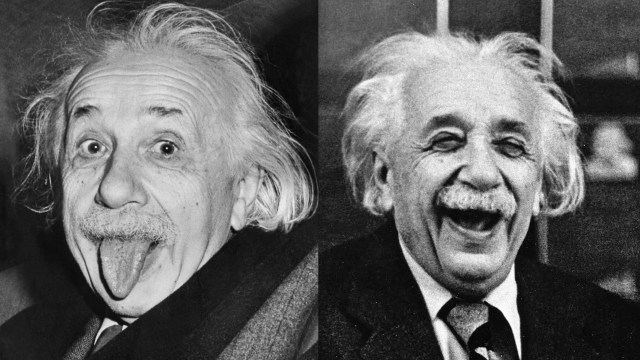Does physical reality objectively exist?
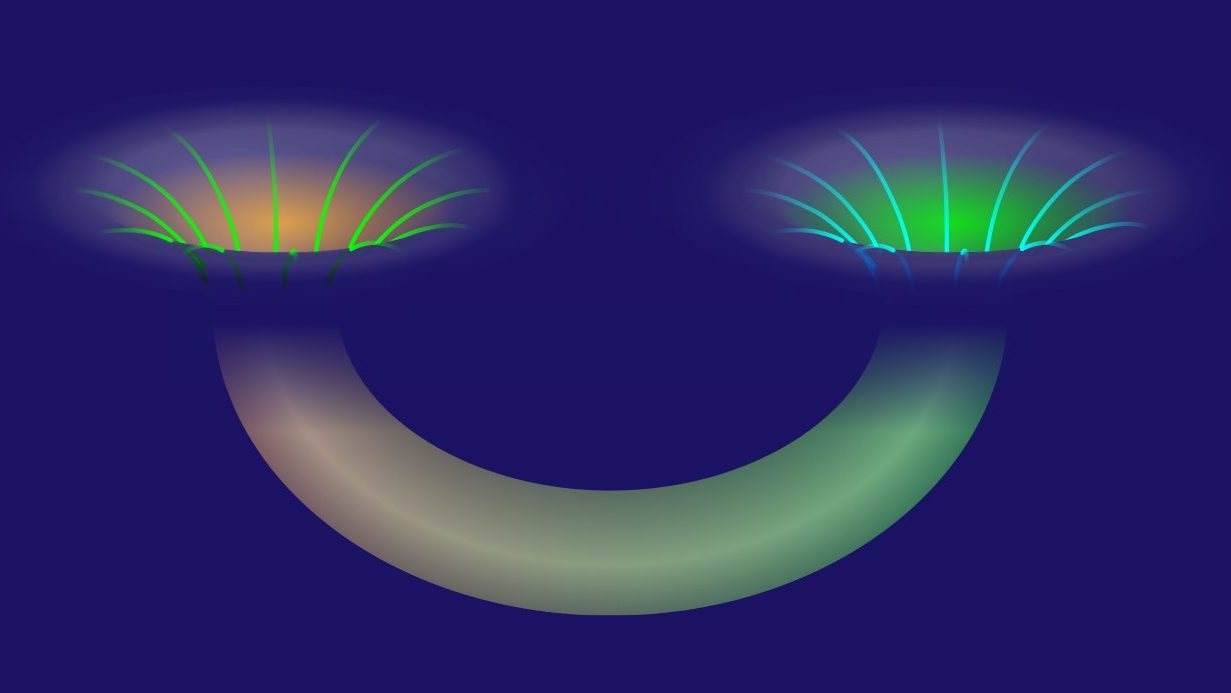
- The old philosophical question, “If a tree falls in the forest but there’s no one around to hear it, does it make a sound?” seems to obviously have an answer: yes.
- Whenever a tree falls, its trunk snaps, its branches collide with others, and it collides with the ground. Each one of those actions should make a sound.
- But relativity teaches us that the sound each observer experiences is relative to their position and motion, and quantum physics tells us that the act of observing changes the quantum state of this system. What does that all mean for the existence of “objective reality?”
If there’s one thing most of us can be certain of it’s this: that our observed, physical reality actually exists. Although there are always some philosophical assumptions behind this conclusion, it’s an assumption that isn’t contradicted by anything we’ve ever measured under any conditions: not with human senses, not with laboratory equipment, not with telescopes or observatories, not under the influence of nature alone nor with specific human intervention. Reality exists, and our scientific description of that reality came about precisely because those measurements, conducted anywhere or at any time, is consistent with that very description of reality itself.
But there had previously been a set of assumptions that came along with our notion of reality that are no longer universally agreed upon, and chief among them is that reality itself exists in a fashion that’s independent of the observer or measurer. In fact, two of the greatest advances of 20th century science — relativity and quantum mechanics — specifically challenge our notion of objective reality, and rather point to a reality that cannot be disentangled from the act of observing it. Here’s the bizarre science of what we know, today, about the notion of objective reality.
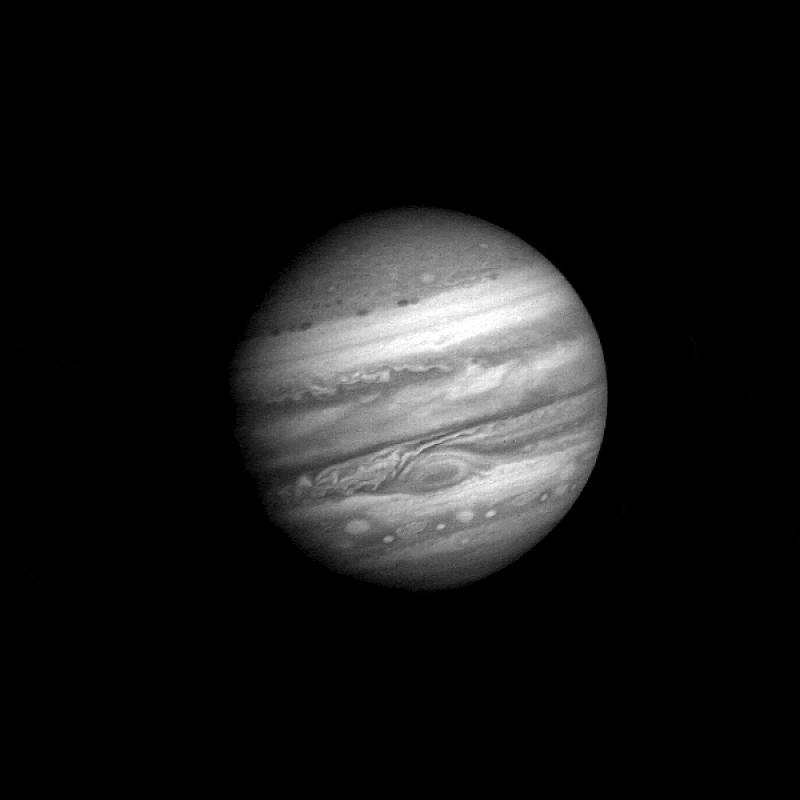
Objective reality
Put simply, the big idea is that reality exists, and it exists in a fashion that’s independent of anyone or anything that monitors or observes reality. Particles have masses, charges, and other intrinsic properties that don’t change, regardless of:
- who measures it,
- where they are,
- how fast they’re moving,
- which property gets measured,
- or by what means the measurement is acquired.
This is a big foundational idea of science: that something’s “realness” is completely independent of whether or how it’s being examined.
But this idea is only an assumption. Sure, we can see that the laws of physics and the fundamental constants of nature don’t appear to change over time or space: an atom of hydrogen here has the same set of emission and absorption lines as an atom of hydrogen many billions of light-years away or many billions of years ago. A proton has the same rest mass in Antarctica as it does on the International Space Station as it does in a galaxy anywhere within the Universe. As these examples show, we can only state that this assumption is good to the degree we’re capable of putting it to experimental and observational tests.

This was borne out extremely well by physics over most of its history, from Galileo to Newton to Faraday to Maxwell. The law of gravity appeared to be the same universal law everywhere we could see, from objects here on Earth to objects that orbited around the Earth to planets and moons and comets that orbited objects other than the Earth. The gravitational constant was truly a constant; the laws of motion appeared to be the same for everyone, and if two different people measured the position, motion, or acceleration of an object, as well as the duration it took to go between different points, they’d both get the same answer.
This appeared, initially, to apply just as well to electromagnetism as it did to classical mechanics. The laws of electricity and magnetism were the same everywhere we looked, and applied to charges at rest and in motion — at any speed — equally well. It didn’t matter whether these were radioactive particles like alpha particles (helium nuclei) or beta particles (electrons), or whether these were enormous collections of charges like one might find on a charged-up van de Graaf generator. Charges might behave differently within conductors or insulators, and the nature of those materials might affect how charges move within them, but the laws, constants, and who measured what would all be consistent regardless of the setup.
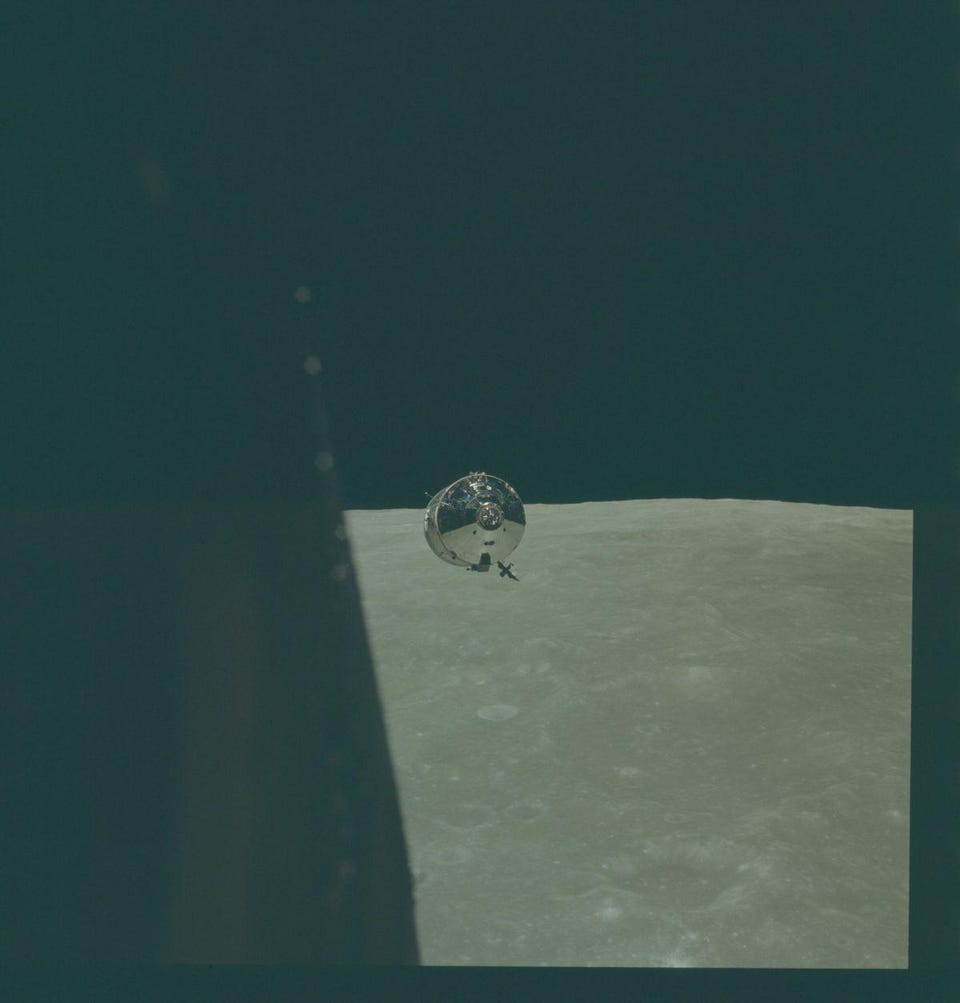
Relativity
Things began to change with the discovery of length contraction and time dilation, however, which would eventually lead to the revolution of Einstein’s relativity. If you fired a projectile from rest here on Earth, everyone standing around would be able to measure how fast it went and would measure the same speed; the only differences would be in the direction they saw the projectile moving, as someone “behind” the projectile would see it moving away from them, while someone “ahead of” the projectile would see it moving toward them.
If the projectile was on a moving platform, and/or if the observers were on a moving platform, they might now measure different speeds from one another as well as different directions. However, if you knew how fast the various platforms were moving, each observer could easily reconstruct what any other observer would see.
However, what if, instead of a common projectile like a cannonball, this was a particle that was moving close to the speed of light? In fact, what if it actually were light itself? All of a sudden, these older laws didn’t work. For everyone who observes light always sees it moving at precisely the same speed: c, or 299,792,458 m/s.

All of a sudden, notions like space and time weren’t objective parts of reality, but rather only existed relative to the observer. In the thought-experiment above, two observers measure how much time it takes for light to travel up from the floor toward a mirror at the top, and then back down toward the floor again. This type of setup — known as a light-clock — should yield the same result for any observer, whether in rest or in motion.
But to the observer at rest, the light-clock in motion would appear to run more slowly, and in fact time would appear to pass more slowly for the person in motion relative to them. Similarly, for the observer in motion, their light-clock would appear to run at the normal rate, but the light-clock at rest — which would appear to be in motion relative to them — would appear to run more slowly, and time would appear to pass more slowly for everyone who wasn’t in motion along with the observer and their clock.
Similarly, how far apart two objects were, a measure of distance, could only be defined relative to an observer. And notions like “simultaneous” could again only be defined for two observers at rest in the same location. In fact, if we could measure “time” precisely enough, observers at different locations or in motion with different speeds or directions would even measure different results for the simple example of “When did this projectile hit the ground?”
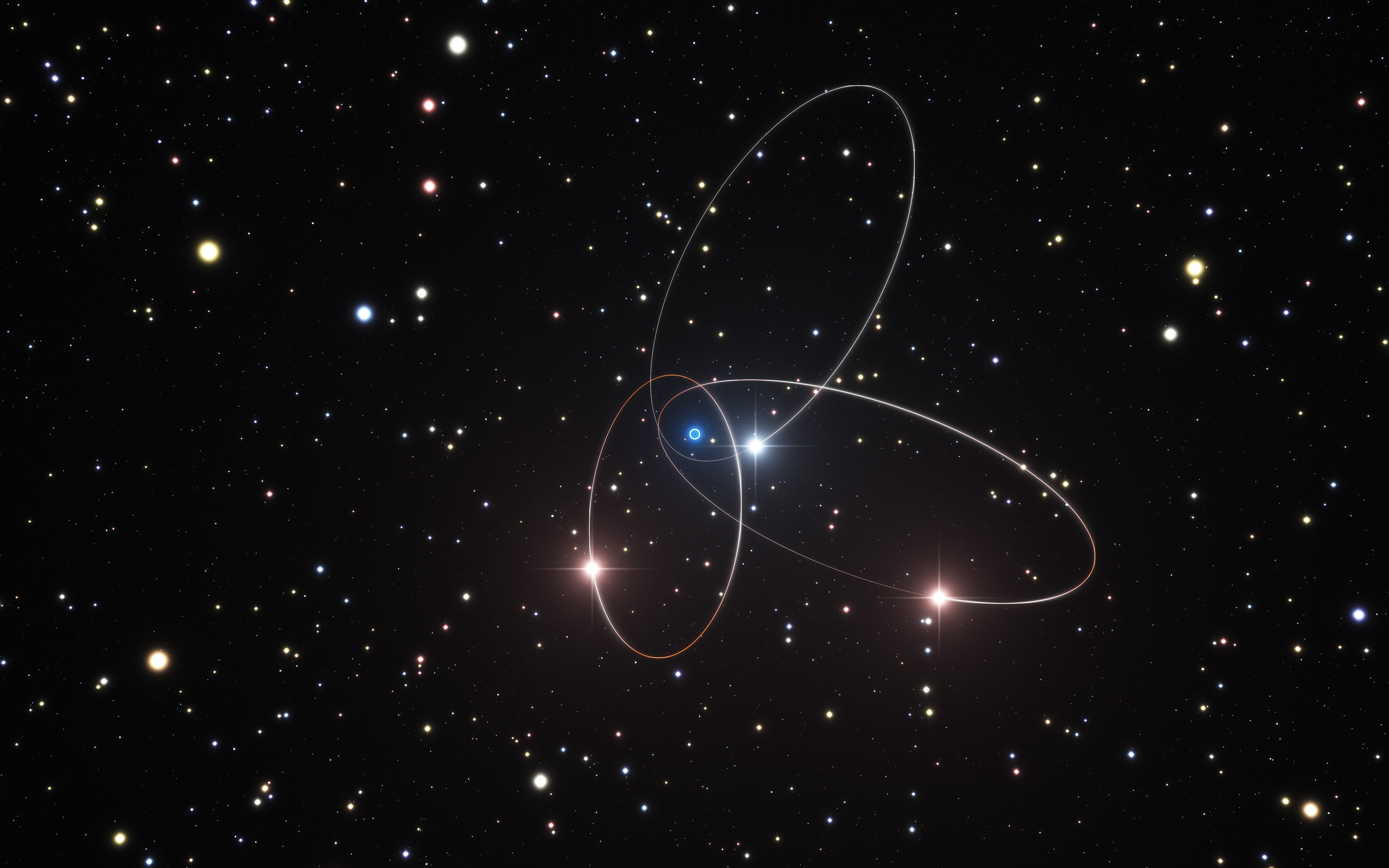
As it turns out, it isn’t just changes in position or motion that can effect questions such as “How distant is this object?” “How long did this phenomenon last?” or “Which event happened first?” In addition, changes in the curvature of spacetime itself — i.e., the effects of gravitation — can impact the answer. Time doesn’t just dilate when you move close to the speed of light, it also dilates when you’re in a stronger gravitational field. The presence and distribution of matter and energy impacts how we experience space and time, which is why light bends when it passes too close to a mass and why time slows down when you approach a black hole’s event horizon.
In fact, some very bizarre and counterintuitive observations can arise as consequences of the fact that an objective measure of “space” or “time” doesn’t exist. If you have a supernova go off in a distant galaxy, you might expect that light to arrive at your eyes at one particular, pre-determined time. But if there’s a large mass between you and that supernova, it can actually distort the intervening space, resulting in multiple images of the same galaxy and supernova: with the light from the supernova arriving at different, non-simultaneous times in each image where it appears. Space and time might be real, but they’re not objectively real; only real relative to each individual observer or measurer.
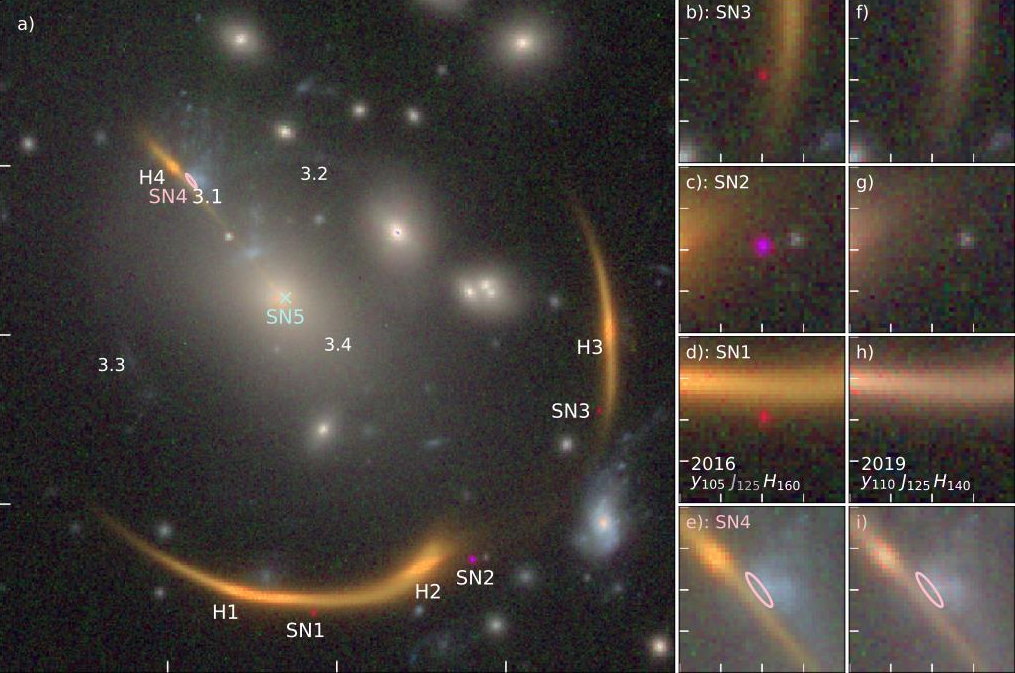
Quantum physics
In the quantum realm, things get even more counterintuitive, as the outcome of an experiment or observation depends on your method of making that observation or measurement, and on whether you make one at all.
Consider, for example, the famed two-slit (sometimes known as the double-slit) experiment. If you attempt to throw a large number of small objects through a barrier with two slits carved in it, you expect to see those objects collect against the wall behind the barrier in two piles: one corresponding to the slit on the left and one corresponding to the slit on the right. This is precisely what happens in the macroscopic world, whether you use balls, pebbles, or living organisms.
But if you use a quantum particle, like electrons or photons, you don’t get two piles. Instead, you get what appears to be a wave-like interference pattern: alternating locations, equidistantly spaced, where particles preferentially land and are forbidden from landing. The greatest “peak” of collected particles is at the midpoint between the two slits, with alternating peaks (that decrease in magnitude) and troughs (which always go all the way down to zero) as you move away from that central peak.
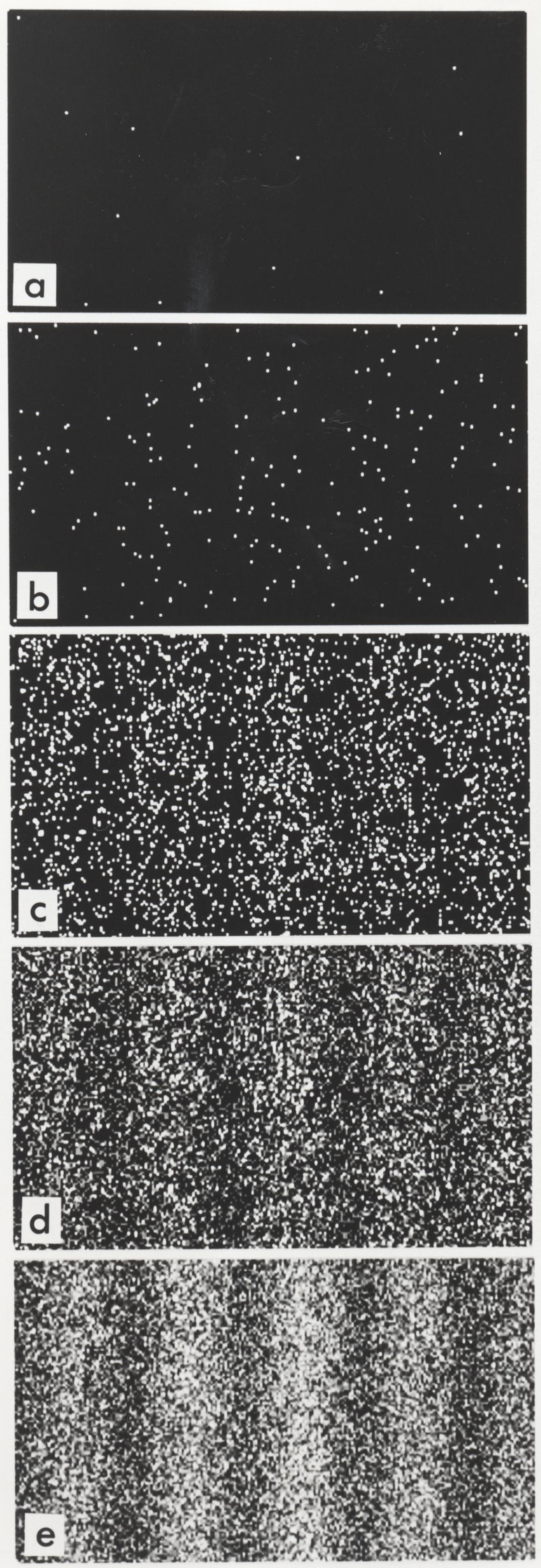
It might occur to you to, then, to send the particles through one-at-a-time, instead of all at once. When you do that, the same results emerge: macroscopic objects make two piles, but quantum particles only land in the “peaks” of an interference pattern. When enough particles are tallied, the full pattern emerges.
It might occur to you, after that, to try and measure which slit each particle goes through on its way to the back wall. Perhaps surprisingly, now both experiments — the macroscopic and quantum ones — lead to only two piles. The act of observing “Which slit did each particle go through?” destroys the quantum behavior. Somehow, making a measurement, which means inducing an energetic-enough interaction between the quantum particle you’re experimenting on with another quantum, alters the behavior of the quantum system.
We see this phenomenon rear its head in many different ways in quantum mechanics. Pass a spinning quantum particle through a vertically-oriented magnet, and the particle will deflect either upward or downward, revealing its spin. Put another vertically-oriented magnet further downstream, and the particles that deflected upward will still deflect upward, while the ones that deflected downward will still deflect downward. But what, do you suppose, will happen if you put a horizontally-oriented magnet between the two vertical ones?
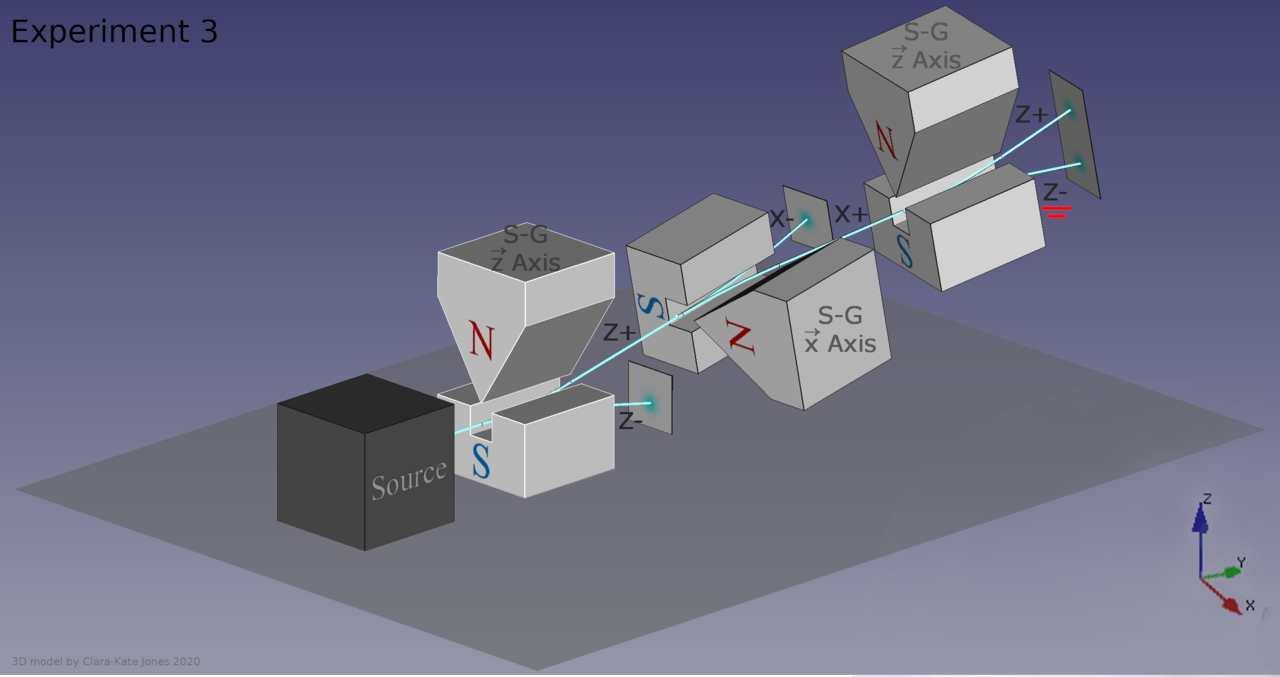
The answer is twofold:
- the horizontal magnet splits the beam of particles in two, with one set of particles deflecting leftward and the deflecting rightward,
- but now, regardless of which sets of particles you choose to pass through the next vertical magnet, they once again split into upward and downward trajectories.
In other words, making a “horizontal” measurement (or observation) destroys the “vertical” information about the spin-orientation of these particles.
Does this mean that there is no such thing as objective reality? Not necessarily; there could be an underlying reality that exists whether we measure it or not, and our measurements and observations are just a crude, insufficient way to reveal the full, true character of what our objective reality actually is. Many people believe that this will someday be shown to be the case, but so far — and this advance was just awarded 2022’s Nobel Prize in Physics — we can place very meaningful constraints on what just type of “reality” exists independent of our observations and measurements. To the best that we can tell, the real outcomes that arise in the Universe cannot be divorced from who is measuring them, and how.
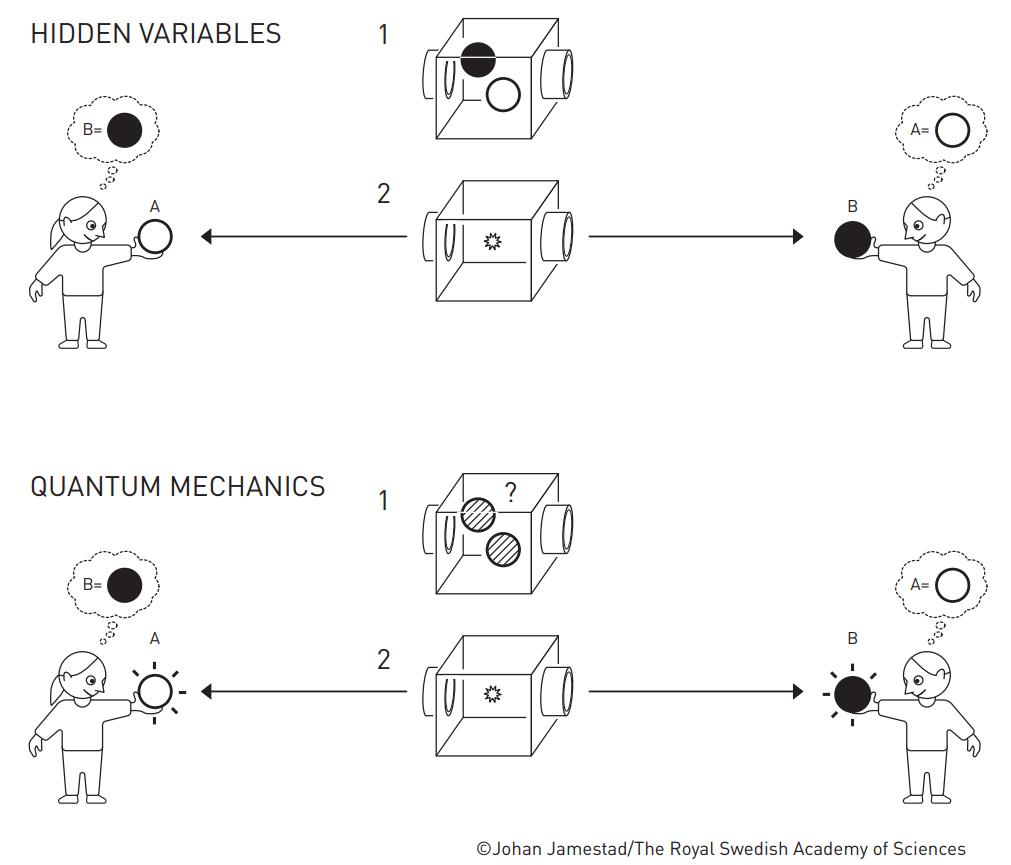
It isn’t the job of science, contrary to popular belief, to explain the Universe that we inhabit. Instead, science’s goal is to accurately describe the Universe that we inhabit, and in that it’s been remarkably successful. But the questions that most of us get excited about asking — and we do it by default, without any prompting — often involve figuring out why certain phenomena happen. We love notions of cause-and-effect: that something occurs, and then later on, as a consequence of that first thing occurring, something else happens because of it. That’s true in many instances, but the quantum Universe can violate cause-in-effect as well in a variety of ways.
One such question that we cannot answer is whether there is such a thing as an objective, observer-independent reality. Many of us assume that it does, and we build our interpretations of quantum physics in such ways that they admit an underlying, objective reality. Others don’t make that assumption, and build equally valid interpretations of quantum physics that don’t necessarily have one. All we have to guide us, for better or for worse, is what we can observe and measure. We can physically describe that, successfully, either with or without an objective, observer-independent reality. At this moment in time, it’s up to each of us to decide whether we’d rather add on the philosophically satisfying but physically extraneous notion that “objective reality” is meaningful.





